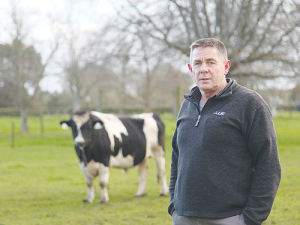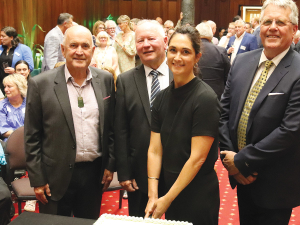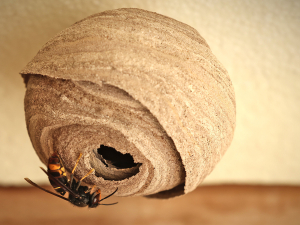One of the most unpredictable places to be in a dairy shed is arguably the back end of a cow.
That’s a place artificial breeding (AB) technicians simply can’t avoid. It’s the business end, and their success in this area can depend much on the environment and facilities they have to work in.
LIC’s national AB manager, Dave Hale, says both the farmer and the AB technician want the same thing -- to get cows in-calf when first presented -- but the role facilities play in this is often overlooked.
“It’s widely acknowledged that a number of factors can impact a cow’s ability to get in-calf -- from body condition score to accurate heat detection.
“But maybe not so well recognised is that poor facilities, unnecessary distractions and uncomfortable work environments can prevent even the most skilled AB technician from doing the best job possible.”
LIC bulls sire up to 80% of New Zealand’s dairy cows, with most inseminations done by 840 or more AB technicians.
Before the peak AB season starts in spring, staff visit farms to check AB facilities and discuss how these could be improved to achieve a better result at mating time.
Hale visited about 250 farms last year in his role, and says he saw a wide range of AB facilities.
“While it’s clear some farms have spent a lot on facilities, some of them leave a bit to be desired. This will be impacting their results.”
DairyNZ says poor AB facilities can reduce conception rate by up to 10%.
Says Hale, “We want our farmers to have the best chance to get their cows in-calf when they’re first presented.
“AB facilities with an organised infrastructure allow the technician easy access to the cows and reduce tech and cow stress.”
The aim is to increase awareness about the importance of AB facilities and offer farmers simple ways to improve them.
“By improving onfarm facilities we will ensure a safe working environment for our staff and give our AB technicians the best opportunity to get cows in-calf,” he says.
Farm visits are taking place now, starting with herringbone sheds and grazing locations.


















